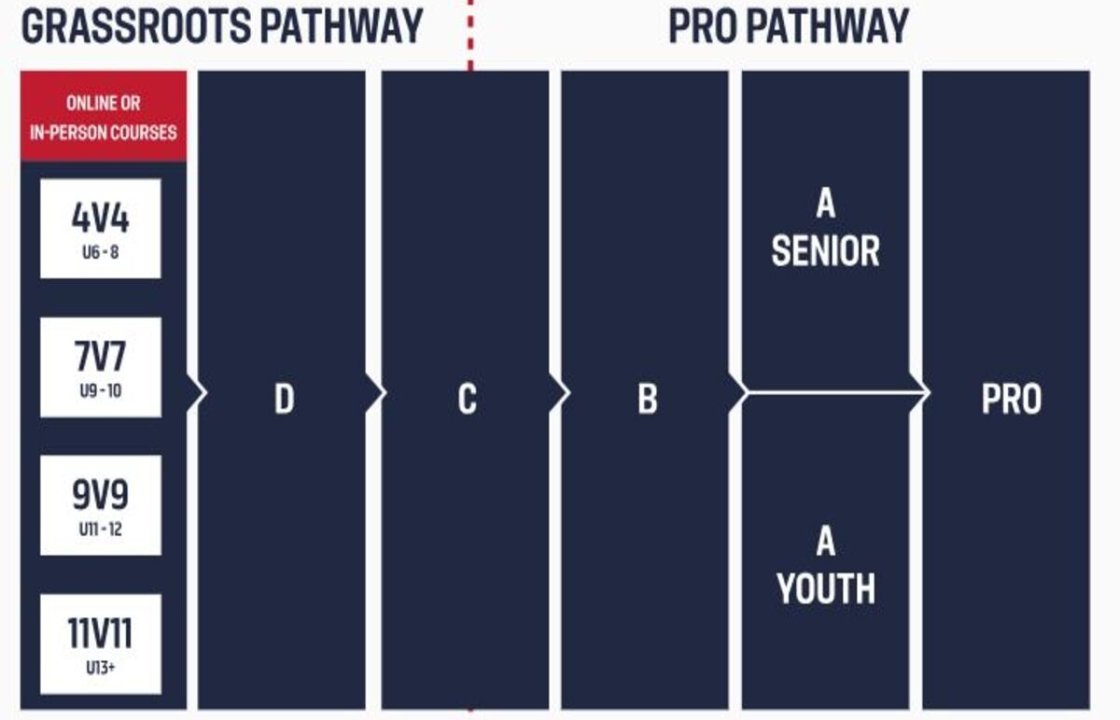The training industry in the United States is experiencing unprecedented growth, driven by technological innovation, increased awareness of health and performance, and a cultural shift toward continuous personal and athletic development.
The Rise of a Multi-Billion Dollar Industry
Over the last decade, the U.S. training market has transformed from a niche field into a multi-billion-dollar industry encompassing sports performance centers, online coaching platforms, mental conditioning programs, and specialized camps. This growth reflects how athletes, parents, and organizations now view training not as an optional extra but as an essential investment in performance and longevity.
According to recent reports, the sports training and coaching market in the U.S. has seen steady double-digit growth year after year. The demand spans from youth athletes looking to secure college scholarships to professionals seeking to extend their careers and even adults pursuing fitness and wellness through structured performance programs. The professionalization of youth sports has been a major catalyst, as families increasingly view athletic development as a pathway to education, recognition, and personal growth.
Technology: The Game-Changer in Athlete Development
One of the strongest forces driving this expansion is technology. From wearable performance trackers and AI-based training plans to virtual reality simulations and data analytics, technology has reshaped how athletes train, recover, and perform. Advanced platforms can now analyze biomechanical patterns, predict injury risks, and optimize workloads with precision that was unimaginable a decade ago.
Athlete monitoring systems such as Catapult and STATSports have become mainstream in professional and collegiate sports, while mobile apps like Strava or MyFitnessPal empower recreational athletes to track their progress with the same intensity as professionals. These innovations have blurred the line between elite and amateur training, creating a broader and more inclusive market.
Moreover, the integration of virtual and remote training has democratized access to world-class coaching. An athlete in a small town can now receive real-time feedback from top trainers through video analysis platforms, breaking geographical barriers and fostering a more connected global training ecosystem.

Mental Performance and Holistic Training
Another critical factor in the industry’s growth is the rising emphasis on mental health and holistic development. Training is no longer limited to physical ability—it now incorporates psychological resilience, nutrition, and recovery management. The understanding that an athlete’s mind and body are interconnected has given rise to sports psychology, mindfulness training, and mental performance coaching as essential components of modern athletic programs.
Elite organizations across the U.S. are investing heavily in mental wellness programs, recognizing that emotional stability and focus are key determinants of consistent performance. In fact, the mental training sector within sports is among the fastest-growing submarkets, with professional teams hiring dedicated performance psychologists and resilience coaches.
This holistic philosophy has also influenced youth sports, where young athletes are encouraged to develop emotional intelligence, teamwork, and leadership skills in parallel with technical mastery. The modern athlete is not only stronger and faster but also more self-aware, adaptable, and mentally prepared.
The Economic and Cultural Drivers of Growth
Beyond technology and innovation, cultural and economic factors have contributed significantly to the expansion of the U.S. training industry. The country’s sports culture—rooted in competition, achievement, and entertainment—fuels constant demand for performance improvement. From the grassroots to the professional level, sports are seen as a powerful vehicle for opportunity, social mobility, and identity.
Economically, the increase in disposable income and the growth of the middle class have made private training and coaching more accessible. Families are willing to invest heavily in their children’s development, not only in hopes of future scholarships or careers but also as a means of instilling discipline and character.
Additionally, the rise of social media and digital influence has turned athletic performance into a lifestyle trend. Fitness influencers, personal trainers, and content creators showcase training routines and success stories daily, inspiring millions to pursue structured training programs. As a result, the industry has expanded beyond competitive athletes to include a large segment of recreational participants motivated by self-improvement and personal branding.
Professionalization of Coaching and Training Standards
As the market matures, there has been a noticeable professionalization of coaching. Trainers today are more educated, certified, and specialized than ever before. Universities now offer degrees in sports science, kinesiology, and performance management, while governing bodies have established certification systems that ensure quality and safety.
This shift toward professionalism has increased credibility and trust in the industry. Parents and athletes are more selective, seeking programs that offer scientific methodologies, structured development plans, and evidence-based results. Facilities that combine cutting-edge technology with personalized human guidance are now setting the benchmark for excellence.

Youth Development and College Pathways
One of the strongest segments fueling the training market’s expansion is youth development. Across the U.S., sports academies, camps, and specialized training centers are flourishing. Programs designed to help young athletes secure college opportunities have become increasingly competitive, emphasizing player exposure, video analysis, and personalized development plans.
The connection between training and education is also deepening. Many athletes now participate in dual-track systems that allow them to pursue academic studies while receiving professional-level training. This model not only enhances athletic performance but also builds discipline and time management skills that carry over into future careers.
Future Trends: Innovation, Inclusion, and Global Collaboration
Looking ahead, the future of the training market in the U.S. appears even brighter. The next wave of innovation will likely focus on AI-driven performance forecasting, immersive virtual environments, and biometric integration. Additionally, there is a growing emphasis on inclusion and diversity, ensuring that high-quality training opportunities are accessible to athletes regardless of background, gender, or socioeconomic status.
International collaboration is another defining trend. The U.S. is increasingly becoming a hub for global athlete development, attracting talent from around the world who seek exposure to advanced training methodologies, sports science, and competitive systems.
Connecting the Growth to SIA Academy
At SIA Academy, we share the same vision that defines the growing U.S. training market: a commitment to innovation, holistic development, and global excellence. Our programs integrate personalized performance tracking, mental conditioning, and cutting-edge technology to help athletes reach their full potential. Just as the U.S. market emphasizes data-driven development and mental well-being, we apply those same principles every day to guide our players toward professional success.
We believe that training is evolution, and like the U.S. market, we continue to adapt, innovate, and personalize every aspect of athlete development. From our Next Gen Soccer Pro initiative to our individualized coaching systems, SIA Academy embodies the future of sports training—where performance, technology, and passion unite to build the next generation of champions.






